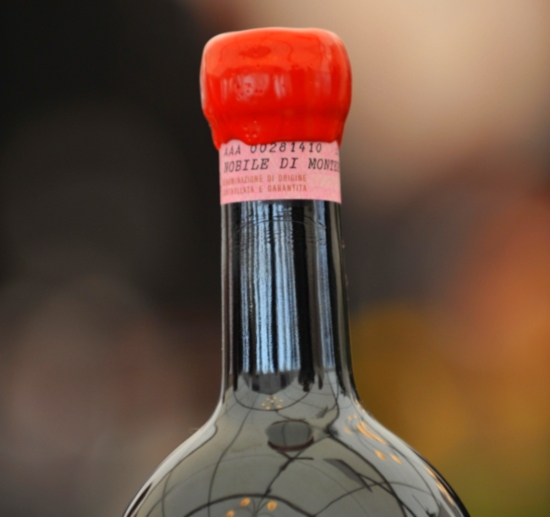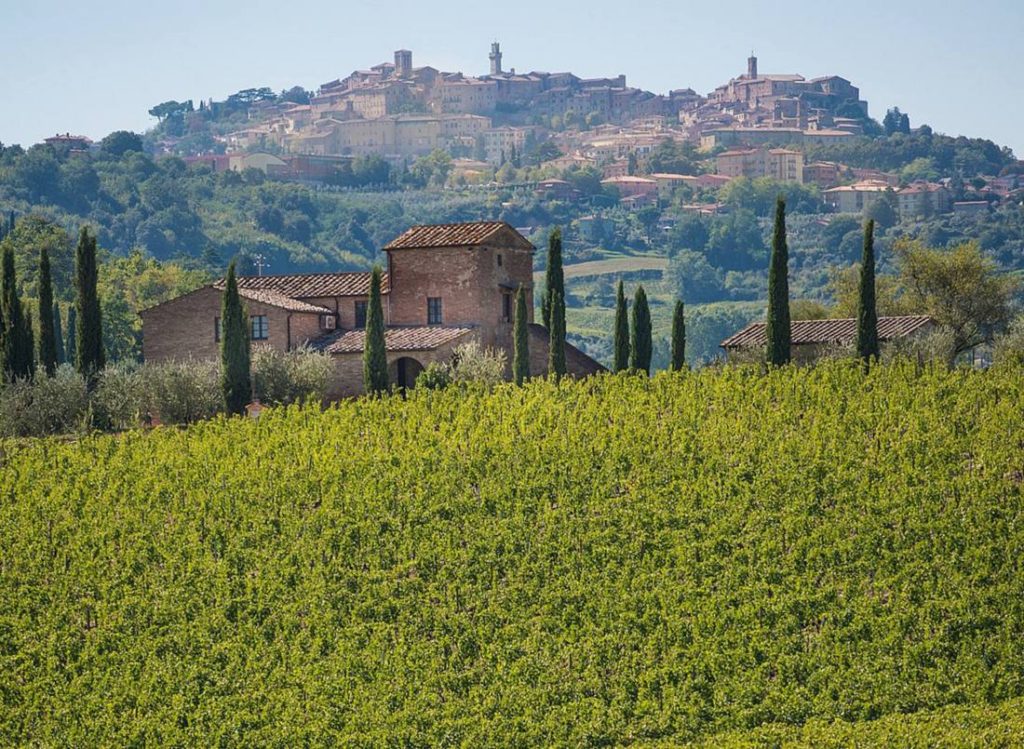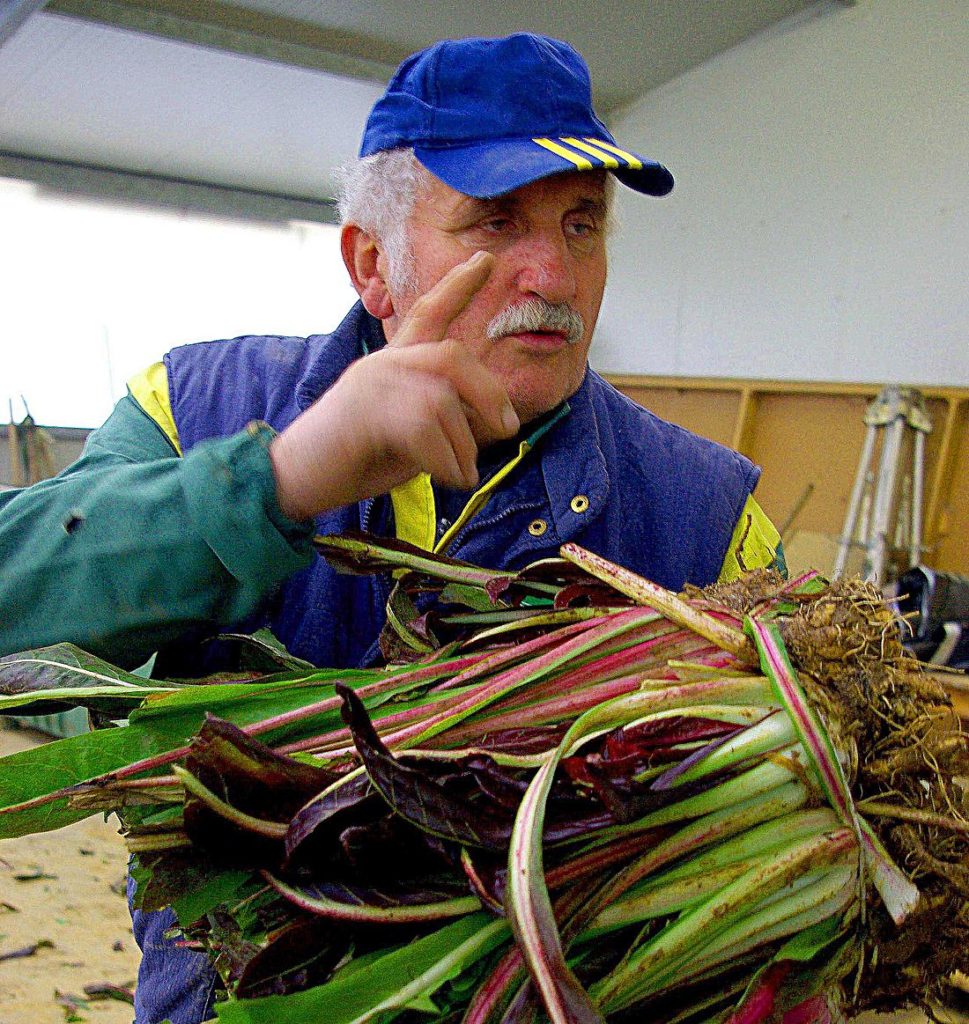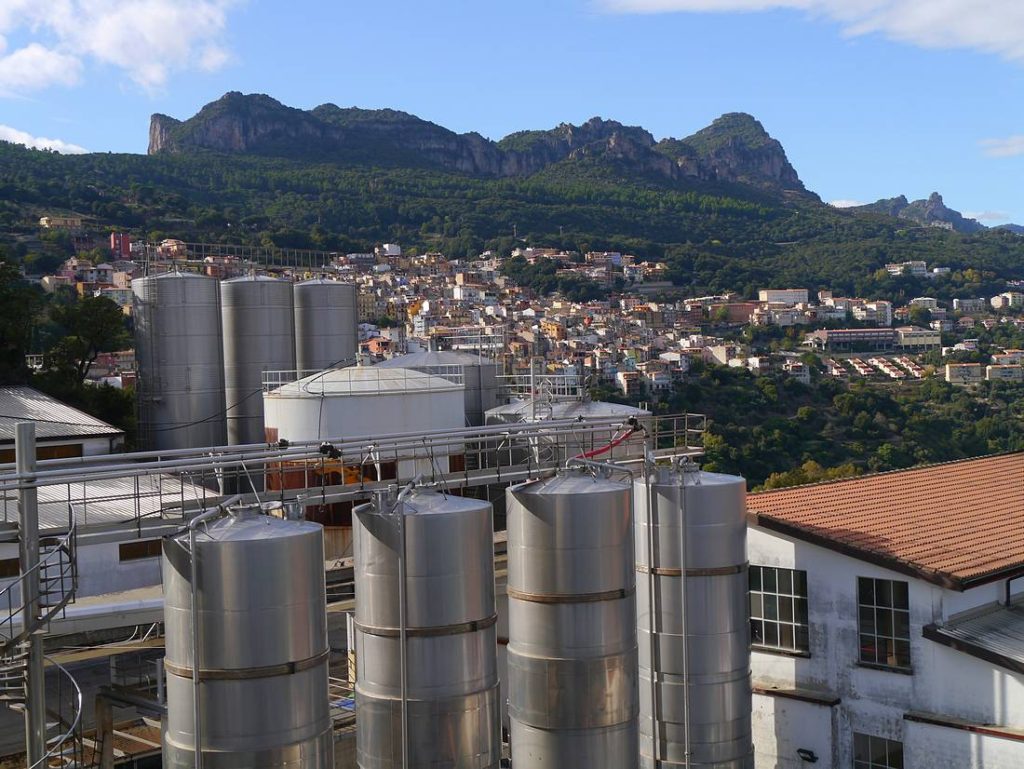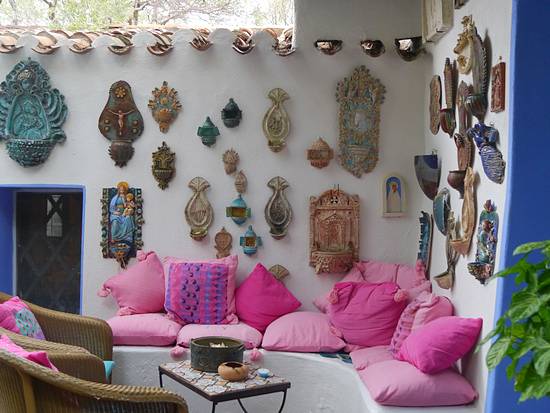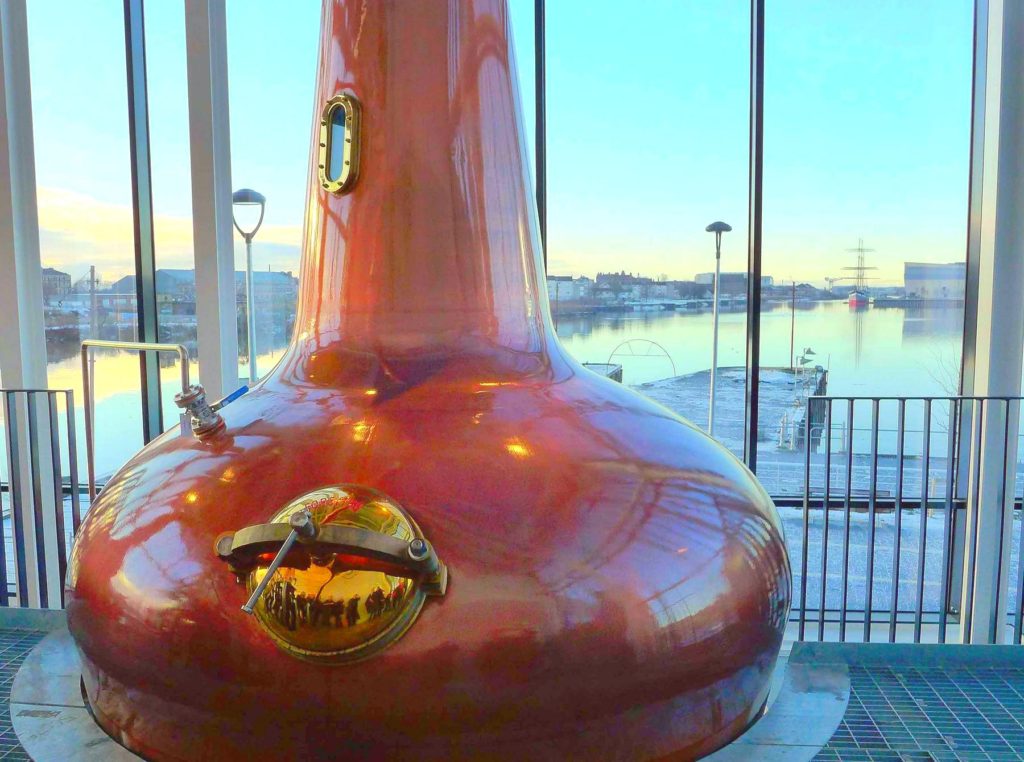
Clydeside shows Glasgow history through whisky glass
Glasgow's Clydeside Distillery began operation late last fall and opened to tours just after Christmas. The attraction was so new when I visited in late January that my taxi driver didn't know how to find it. But once I finally arrived, it turned out to be worth the effort. Nearly a century after Glasgow's last old-time whisky maker closed, the Clydeside is the second new whisky distillery to open in the last year. It sits at the site of the Old Pump House at Queen's Dock (100 Stobcross Road, Glasgow, 0 141-212-1401, theclydeside.com, tours £15). The River Clyde provides the best protected deepwater ocean port in the west of Scotland. The world's goods flowed into the United Kingdom here—and fine Scotch whisky flowed out around...Read More



